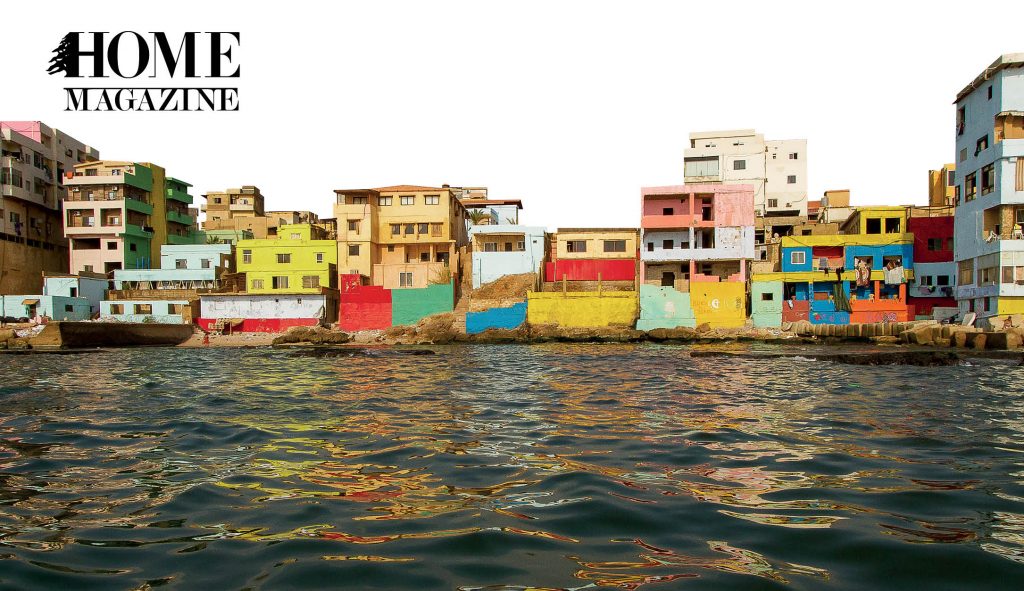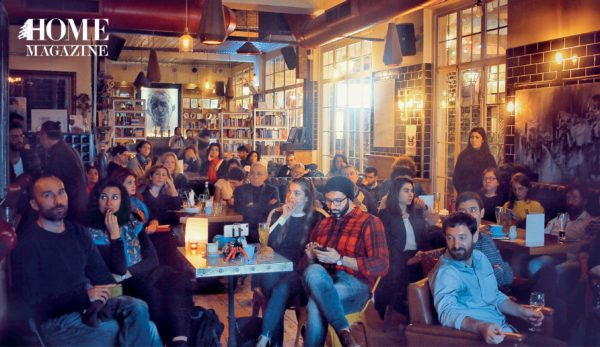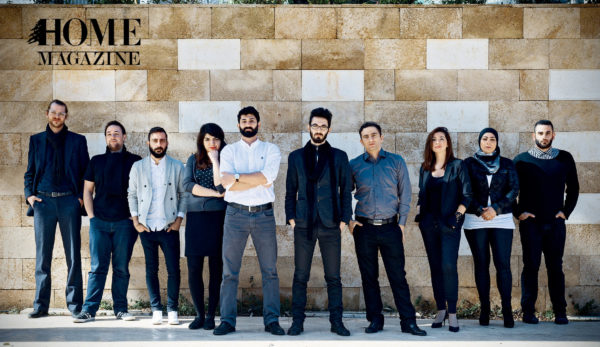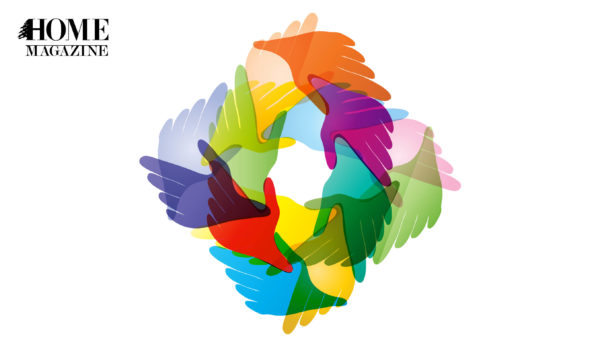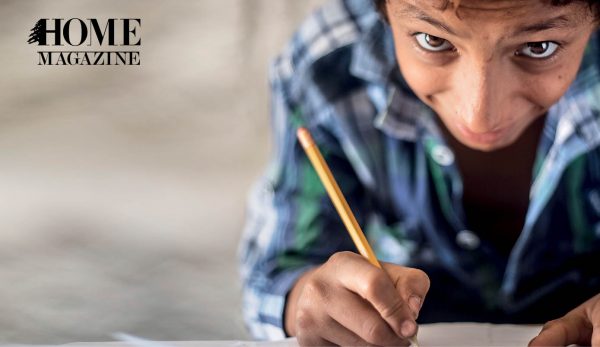Photos by: Ruth Moucharafieh
Flying into Beirut recently, I was surprised to discover Ouzai had turned into a hip display of colors. Just south of Beirut, Ouzai is the first glimpse Lebanon visitors see as their planes circle to land at Rafic Hariri International Airport. It has been a congested, run-down area since the Civil War, when it became a squatters-ville of displaced people.
The passenger next to me, seeing my bedazzlement, explained, “This has become Ouzville. A mad man decided to paint the whole neighborhood. And voilà! From Ouzai to Ouzville!”
As I headed HOME from the airport, one relentless question occupied my mind: Who is the man behind this brilliant initiative?
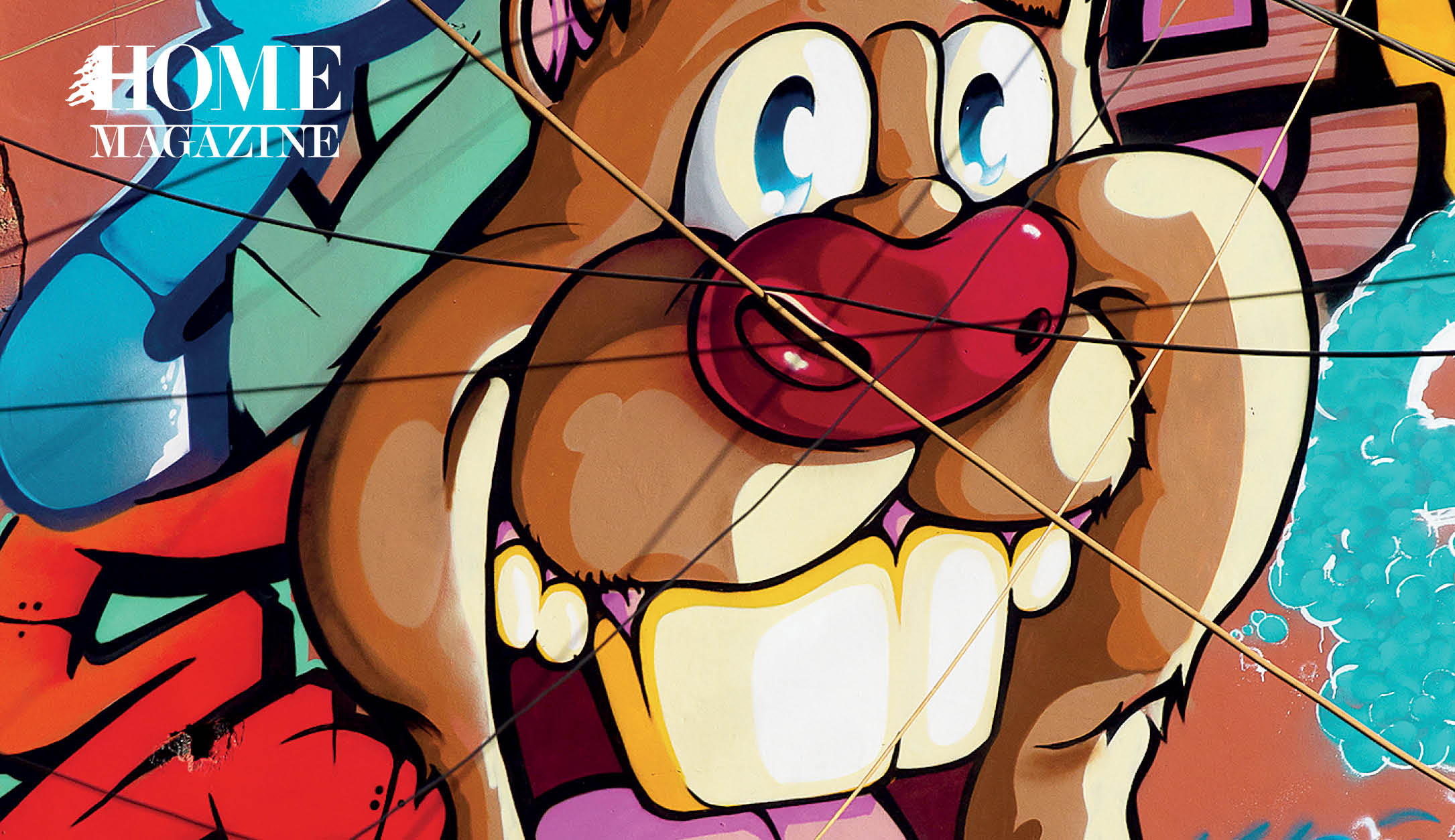
Welcome to Ouzville
In its transformation from Ouzai to Ouzville, Beirut’s southern suburb has become a clean and colorful neighborhood with bright murals crafted by local and international artists.
How did this happen?
Ayad Nasser, an investor in Lebanon and abroad, feeling desperate for his country in front of the growing mountains of garbage that took over Lebanon in the summer of 2015, had the brilliant idea to fly in renowned street artists to create art on the piles of garbage slowly taking over Lebanon’s streets. By the time the artists arrived, the garbage was thankfully being cleared. So, Nasser looked for an area that would be open to urban art.
He thought of his childhood HOME – Ouzai.
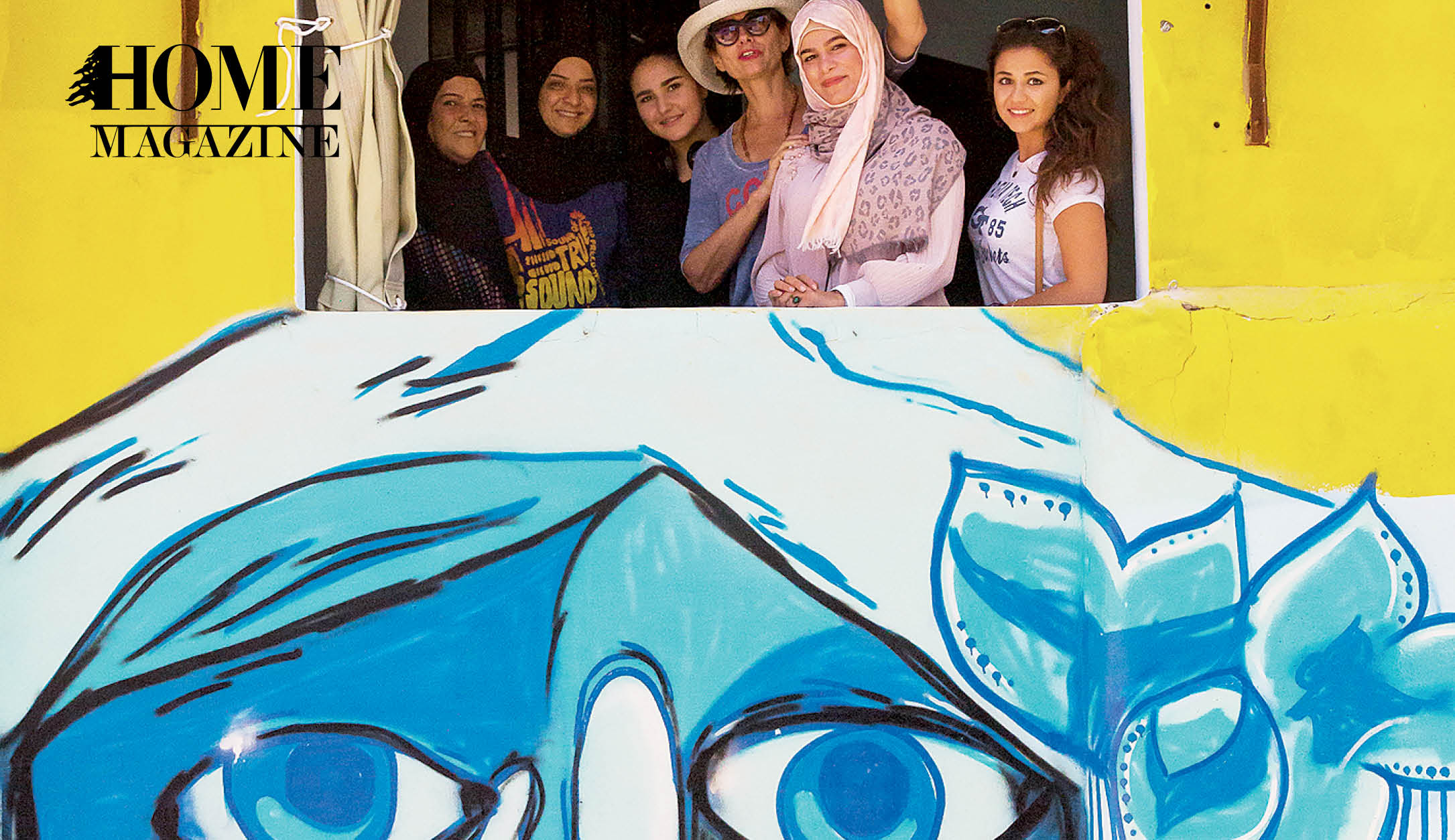
Born in Ouzai, abandoned by his mother when he was only 5 years old, Nasser knew his share of hardship. Through difficult years of feeling alone and on his own, he realized he would have to work hard, he said.
He moved to France after finishing high school and found himself juggling several jobs to earn a living. He worked as a waiter, bartender and a model in ads. But it didn’t take him long to realize his passion.
While selling insurance policies to HOMEowners and hearing them complain about the uselessness of buying insurance for their low-market value houses, he decided to personally renovate the houses in an attempt to increase their property values. He liked taking run-down properties and making them beautiful.
Nasser returned to Lebanon in 1993 and bought a house in Baabda, improving all the green space surrounding it. In 1998, he traveled abroad again, but soon felt that Lebanon needed him and that he had a lot to give back to his country.
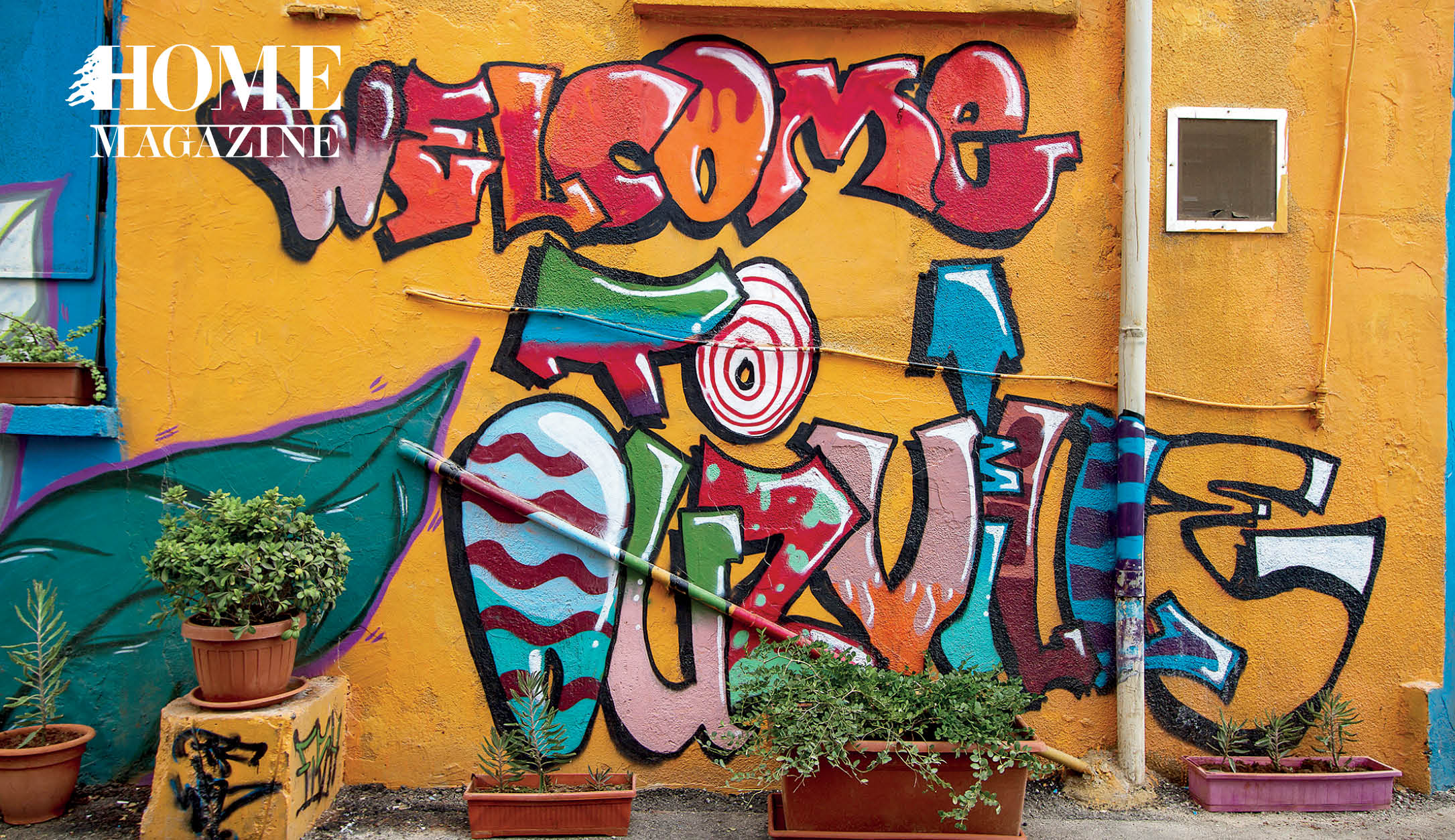
Once again, Nasser returned to Lebanon. This time he created Loft Investments, with his partner buying pieces of land in declining areas and working with international architects to revitalize them.
“But it wasn’t enough. The country needed so much more,” he explained. It didn’t take him long to figure out what he could do – give Ouzai some color. He’d bring artists to paint murals on building walls. Nasser contacted Victoria Latysheva, owner of curator 19.90, an international project that organizes exhibitions while also promoting artists and curators from around the world, to bring Urban Dawn 2, a group of artists, to Lebanon.
But these murals should be drawn on clean buildings in clean streets, Nasser thought. So, with a group of volunteers and staff, he started beautifying Ouzai, picking up trash from Ouzai’s streets one by one, then painting its buildings.
And this is how Ouzville was born.
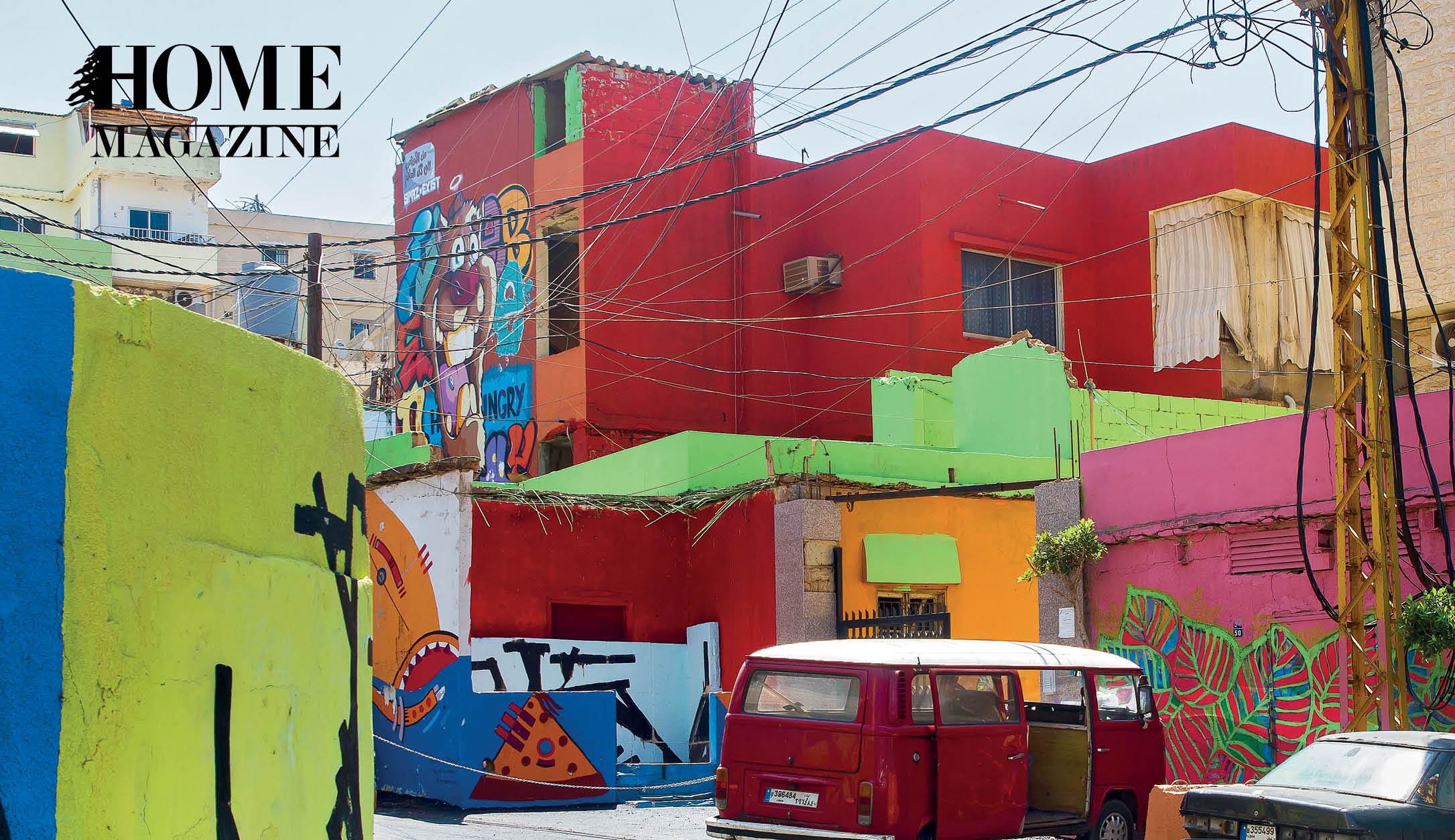
The transformation received international attention, including stories in The New York Times, Voice of America, the Financial Times, Le Parisian and others.
There has been some controversy around the project that dates back to the influx of refugees into the area during the Civil War. Many of the HOMEs are inhabited by people who do not own the properties they are on. Some say beautifying those properties encourages illegal settlements. Others complain that Nasser’s investment in painting buildings would have been better spent in infrastructure or supporting jobs.
But Nasser said it is a start.
What’s next?
The success of his Ouzville initiative prompted the philanthropist to start replicating his initiative in other areas such as Tariq el Jdideh, Tripoli, Saida and several other locations.
He has had opportunities to collaborate with municipalities that were encouraged to participate upon seeing the success of the Ouzville project.
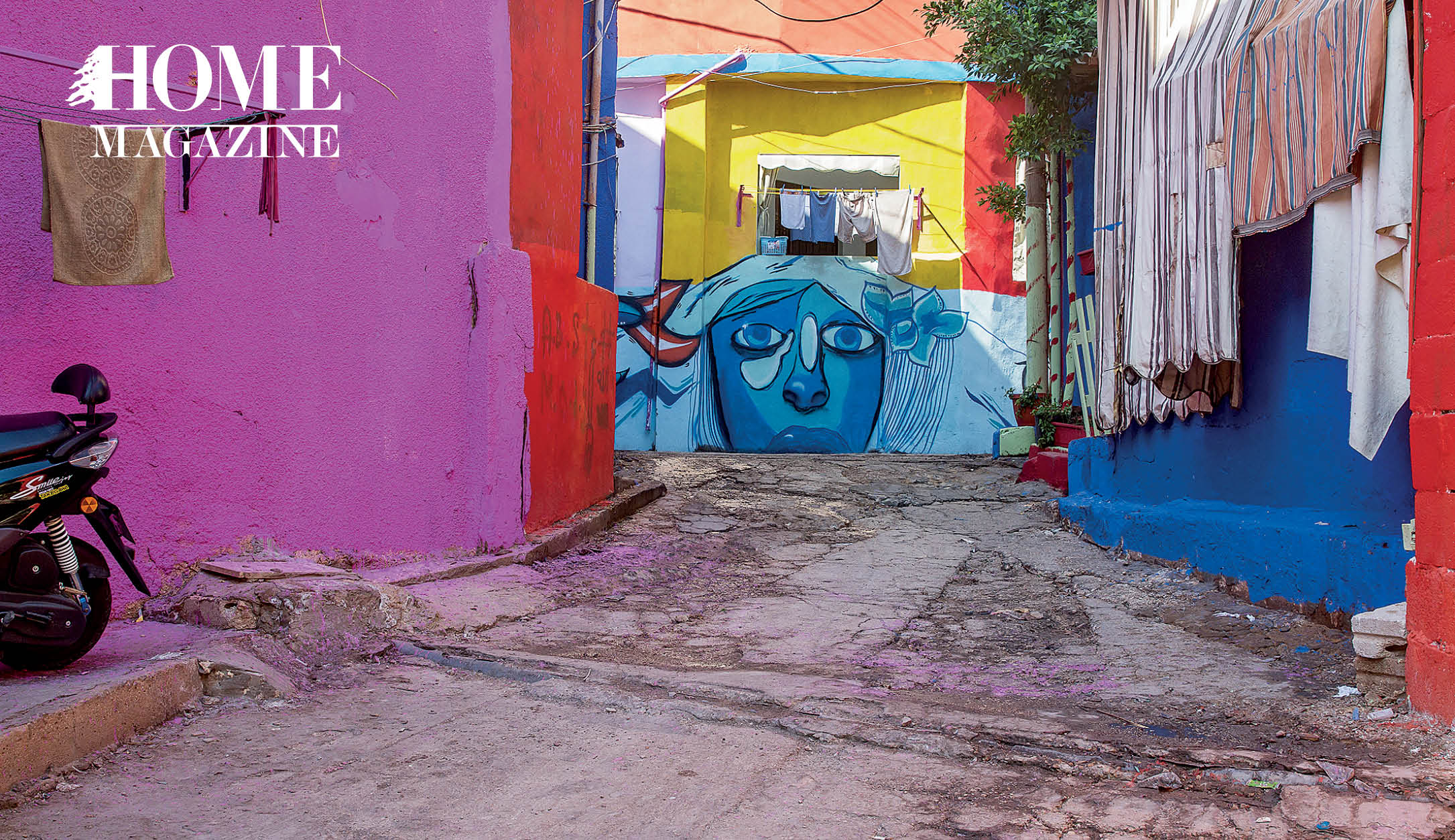
To Nasser, this initiative is not merely about beautifying Lebanon; it’s about uniting its people, “to teach them that you cannot wait for the government to take care of your own country, that you should start yourself.”
“You shouldn’t complain,” Nasser said. “Start doing what you can to give back to a country that needs you. Be a doer, a giver and not merely a receiver.
If you want to see the change in this country, start fixing it, cleaning it, cleaning the beaches and the streets.
“This is how you save your country and this is how, in turn, you save the planet.”

